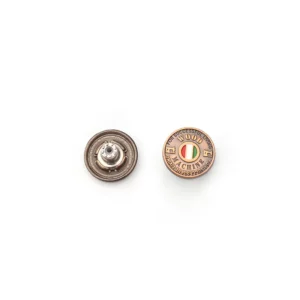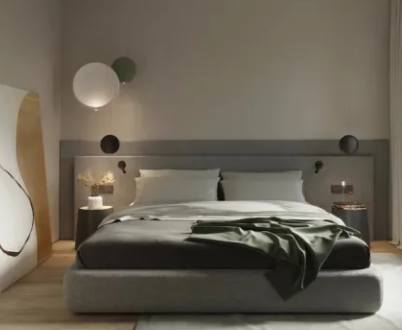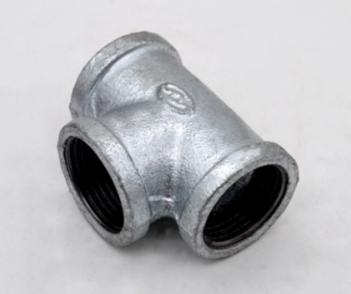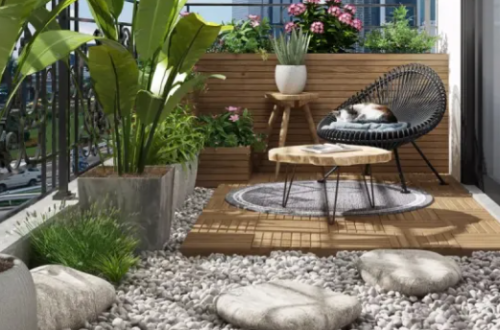What are the design limitations when creating metal buttons for clothing?
When creating metal buttons for clothing, there are some design limitations to consider due to the manufacturing process and the properties of metal.
Here are some common design limitations:
- Size Constraints: Metal buttons have size limitations based on the capabilities of the manufacturing process and the intended application. Extremely large or small buttons may be difficult or impractical to produce.
- Complexity of Design: Intricate designs with fine details may be challenging to replicate accurately in metal buttons. Complex designs may require more expensive manufacturing processes such as casting or die-striking.
- Thickness and Weight: Metal buttons need to strike a balance between thickness and weight to ensure they are not too heavy or bulky for the garment. Excessively thick or heavy buttons can cause discomfort or fabric distortion.
- Attachment Method: The design of metal buttons must accommodate the chosen attachment method, whether it’s sewing holes, shanks, or snap fasteners. Certain designs may limit the options for attachment or require additional hardware.
- Material Selection: The choice of metal material can impact the design options available. Some metals, metal buttons for clothing such as brass or stainless steel, may be more suitable for intricate designs or surface finishes than others.
- Surface Finishes: Certain surface finishes or treatments may not be feasible for all metal button designs. For example, highly textured or engraved surfaces may be limited by the capabilities of the manufacturing process.
- Durability and Wear: Metal buttons need to withstand repeated use and laundering without losing their appearance or functionality. Designs that are prone to wear or damage may need to be simplified or reinforced.
- Regulatory Compliance: Metal buttons used in clothing may be subject to regulatory requirements regarding materials, finishes, and safety standards. Designs must comply with these regulations to ensure consumer safety and legal compliance.
- Cost Considerations: Complex or custom designs may incur higher manufacturing costs due to the need for specialized equipment or processes. Designers must balance aesthetic preferences with budgetary constraints.
- Compatibility with Garment: The design of metal buttons should complement the style and aesthetics of the garment while also considering factors such as fabric type, garment construction, and intended use.
By understanding these design limitations, designers can create metal buttons that not only enhance the appearance of clothing but also meet functional requirements and manufacturing constraints. Collaboration with experienced manufacturers and understanding the capabilities of the production process can help optimize button designs for both aesthetics and performance.



